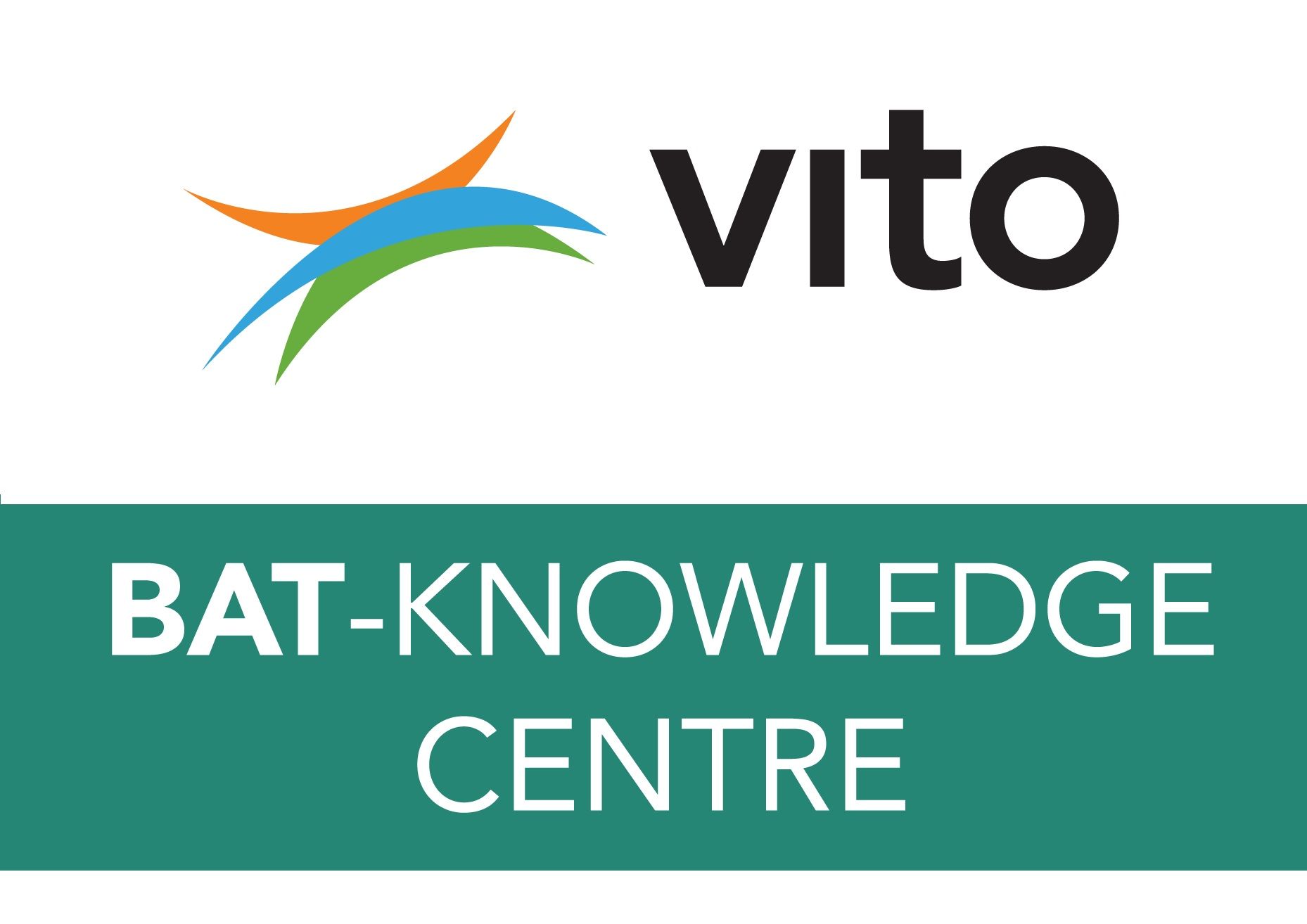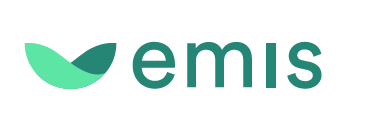A quarter of a century ago, the Flemish knowledge centre for Best Available Techniques (BAT) and the Flemish Energy and Environment Information System (EMIS) were born within the organisation of VITO. A look back at 25 years of service to an ever more sustainable Flanders.
In September 1995, the Flemish government decided to make its knowledge and expertise in the field of environmentally friendly and energy-saving technology more widely available. By making this available and accessible to companies, organisations and the government itself, Flanders was able to set out on the road to a sustainable economy and society. In addition, the government also wanted to raise the awareness of its regulations. From the former Department of Environment, Nature and Energy (now Dept. Environment), therefore, the ‘twins’ BAT/EMIS were born.
The independent body has been placed under the authority of VITO. ‘One big advantage is that VITO is part of the Flemish innovation policy, while BAT/EMIS has always been part of the Department for the Environment,’ says Roger Dijkmans of VITO. ‘This is to the benefit of an independent, scientifically sound operation.’
From classical to specific BAT studies
There are now over sixty of them: literary studies into Best Available Techniques (BAT) that have been compiled over the past 25 years by the BAT knowledge centre. In this way, information on hundreds of environmentally friendly and energy-saving measures was brought together and made available to the Flemish government and industry. Since 1995, it has been possible to freely consult all the BAT studies via the Energy and Environment Information System (EMIS), the ‘twin sister’ of BAT, which is also managed by VITO.
Today, the ‘twins’ are 25 years old. How have BAT and EMIS experienced the past quarter of a century? How have BAT studies evolved, and how has their dissemination through the EMIS website changed over time? ‘In the early years, classical BAT studies were carried out in which all the environmental aspects were fully covered,’ says An Derden of VITO. ‘The advantage of this was that the environmental impact of a particular process in a particular sector could be examined in its entirety. In recent years, we have been studying specific issues and topics.’ The study on water quality in the textile industry and the role of micro-pollutants in this is an example of that. Another example is the study of nutrient recovery in manure processing. ‘The results of the latter study were published as an addendum to an existing BAT study.’

The prehistory of the WWW
The early years of EMIS were characterised by the emergence of the World-Wide Web. ‘This made us a pioneer in electronic data dissemination,’ says Karel Styns of VITO. ‘In 1995, we were still in the prehistory of the WWW – Google didn't even exist yet. Even back then, however, we were already able to easily bring the results of BAT studies, for example, to the attention of environmental co-ordinators at companies, environmental officials monitoring permits, or prospective environmental technology students and lawyers. But what a difference from today. Now, EMIS is so much more than just the BAT section, although that still makes up the bulk of the EMIS website. Styns: ‘With the EMIS Navigator, we guide almost 3,000 users through the Flemish environmental legislation (VMM I, II and III) every day. There's also Felnet (an umbrella catalogue of environmental documentation centres in Flanders) and the VMM Guidebook, which enables start-ups to quickly find the right information for their environmental permit.’
At both BAT and EMIS, the evolution also reflects that of the Flemish economy and society during the past quarter of a century. In recent years, for example, BAT studies have increasingly focused on circularity and chain aspects. Derden: ‘For an increasing number of activities and technologies, we're looking at how to save on materials, including raw materials, and the effects of a sector-specific process in the more global chain.’ The issue of private wood burning, which is very current today, has already been dealt with in a BAT study too. ‘We studied the most appropriate air quality method for operating a wood stove. This doesn't focus on companies, of course, but it does show how acute needs sometimes cause us to deviate from the usual industrial activities.’
The time when information was only made available in the form of a PDF, without any further context, has also passed. ‘The EMIS website is structured in such a way that a particular solution for a user – for example, the results of a BAT study – is always part of a broader picture,’ says Veerle Geudens of VITO. ‘We now link to publications with high-quality related information and we bring a more complete picture of the solution, or of the problem to which it offers an answer.’ In practice, users land on separate landing pages for the BAT studies. These are created when a study is commenced and then regularly updated. ‘We keep interested users informed of progress via news bulletins.’
In addition, the EMIS website – which was given a new and more attractive look & feel in 2020 – offers access to a large collection of interactive BAT studies (i.e. not in PDF format) via iBAT. Geudens: ‘And soon, we want to expand the BAT section even further by linking from the landing pages to companies or organisations that offer the technologies in question.’
Sources of innovation
Sometimes, BAT and EMIS themselves are at the basis of innovation. ‘In 2004, the BAT knowledge centre made recommendations to the Flemish government for an ecology bonus for companies that organise their production processes in an environmentally friendly and/or energy-efficient way,’ explains Derden. ‘In the end, through our studies, we were able to persuade the Department of Economics and Innovation to introduce this bonus. This just shows that if we see potential innovations somewhere, we can pursue them ourselves too.’
EMIS sees a new, additional role for itself as a data supplier for numerous parties in Flanders, ranging from municipal environmental offices through consultancy firms to software companies. ‘Web service developers, for example, can build new applications based on our data,’ says Styns. ‘We want to focus on that in the coming years. In addition, with the Navigator, EMIS is aiming to promote the environmental legislation even more powerfully in line with the linked open data principle.
The EMIS website, which sees 1,500 daily users, is in some ways becoming a kind of LinkedIn for the Flemish environmental sector. ‘An online community of environmental professionals is developing, which also shares news such as vacancies and company announcements about new processes or technologies,’ says Geudens. ‘We want to focus more on this too, because we can't emphasise enough that our platform is relevant to everyone in the sector.’
And now?
What will the future bring for BAT? The usefulness and necessity of the studies have now been sufficiently proven in various reports and evaluations. ‘Looking back over the past 25 years, it's clear that our push for innovation and implementing environmentally friendly techniques has not been without its environmental impact,’ says Derden. The need for further sustainability in the Flemish economy and society therefore requires us to continue along this path.
Finally, a 25th anniversary is also a good opportunity to look back for quite another reason. ‘As time goes by, the EMIS Navigator will certainly become a useful tool for going back in time and consulting past legislation, which can be relevant when dealing with environmental infringements, for example,’ adds Roger Dijkmans. ‘This way, VITO is contributing to legal certainty for companies in Flanders. Companies planning an investment can look up the evolution of a particular technology, of the policy in a particular sector or of the regulations in force. That will give them a sense of the certainty and stability of the legal framework.’
More information
emis.vito.be
navigator.emis.vito.be
www.linkedin.com/company/bat-knowledge-centre-vito



